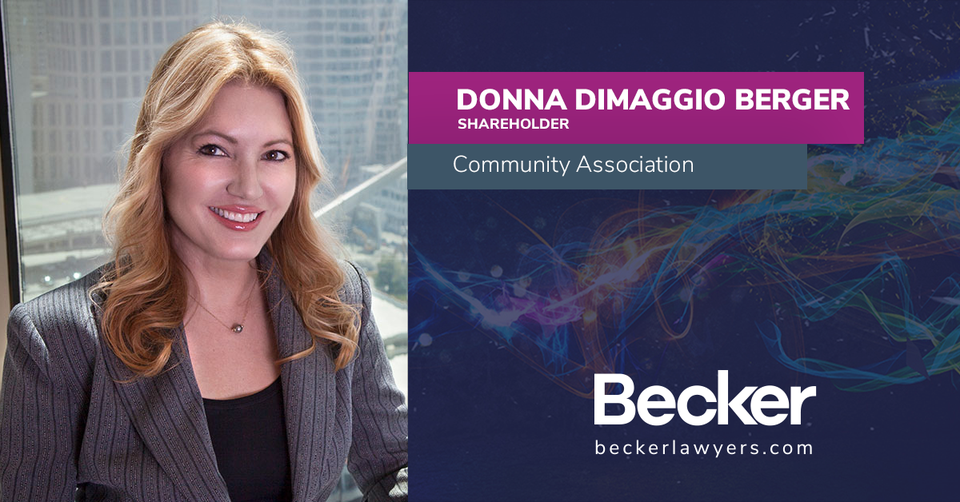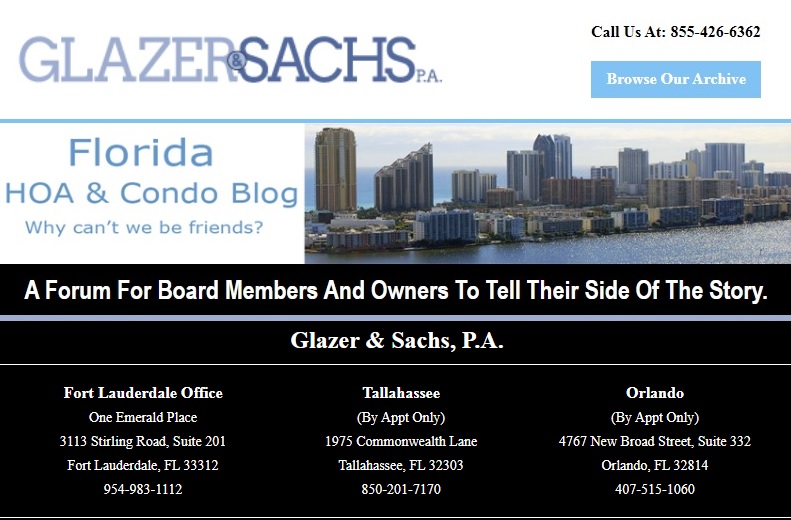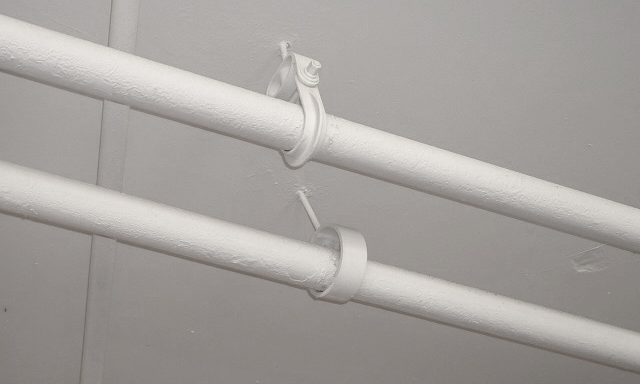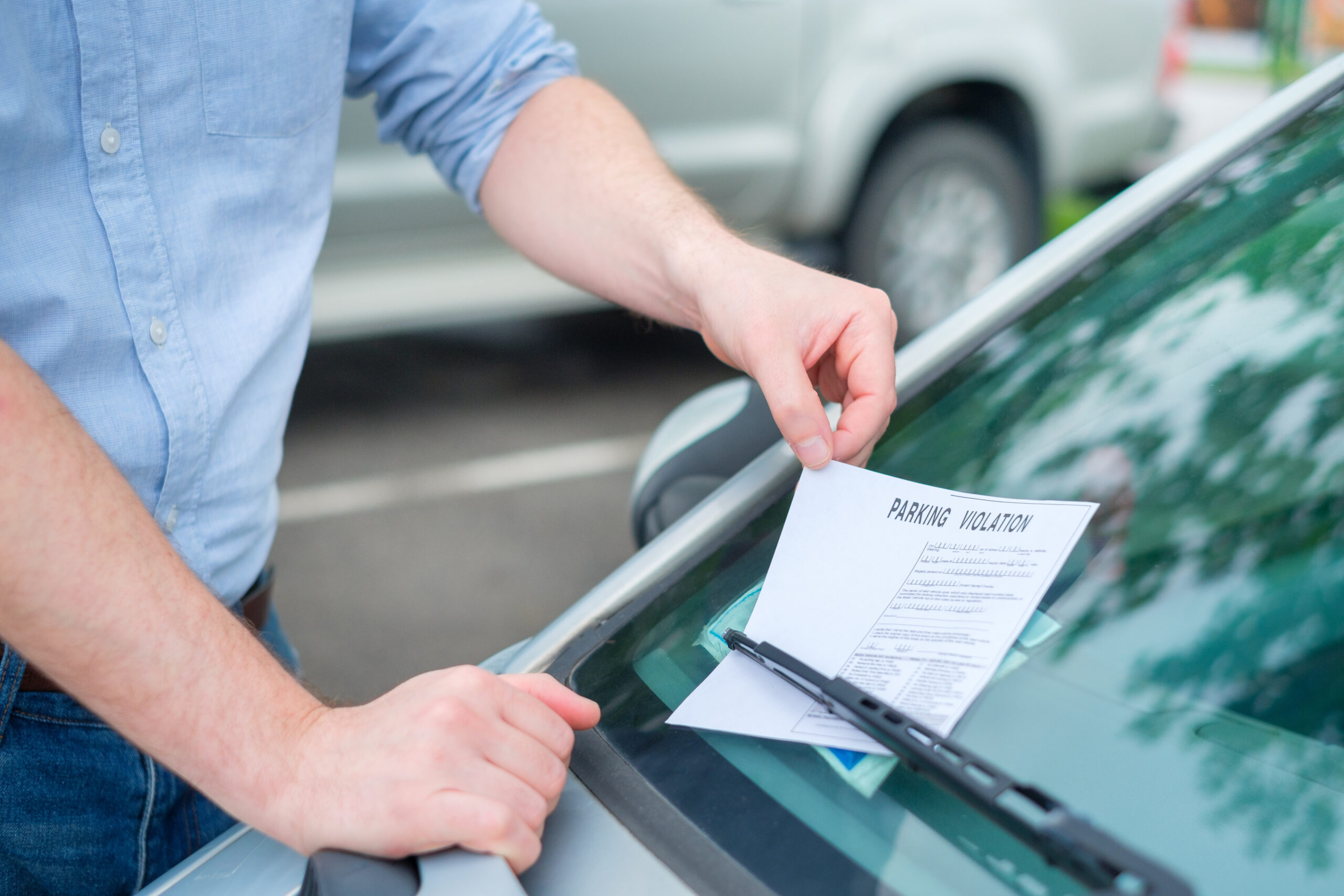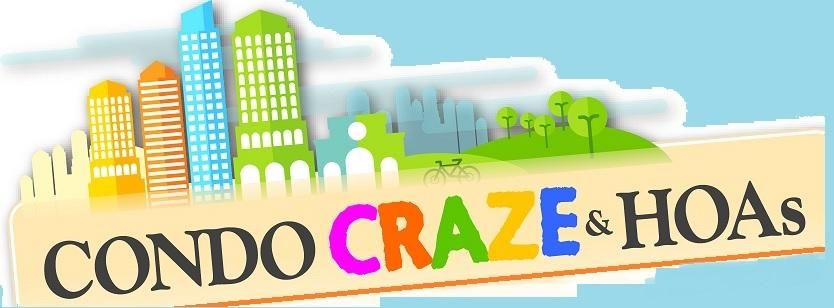6 HOA Violations & How to Avoid Them
by Holly Bunch on Apr 19, 2022 1:00:00 PM
A Homeowners Association (HOA) is a private body made up of members of society who own property within a common area, led by an elected board of volunteers. The association’s main objective is to grow and add value to the property by protecting communal regions and setting rules and regulations.
Different organizations have rules that members must adhere to regarding architectural amusements like fences, swimming pools, entrances, exterior home designs, and HOA.
The HOA makes homeowners and buyers appreciate their surroundings and ensures that lawns are cut and home exteriors remain attractive. Although some rules and regulations may seem challenging, members who comply with them reap significant rewards from the association.
HOA Violations and How to Avoid Them
HOA violations are practices that go contrary to the set covenants, conditions, and restrictions (CC&Rs) set by the association. They include:
Having unkempt, overgrown, and heavily weeded lawns would be a crime for any property owner. They also consider using trees taller than the recommended height and color for fencing an offense.
You can avoid landscaping violations by following the set rules, such as maintaining well-kept and clean lawns and ensuring the fence trees are within the required height, such as 5 feet maximum. In addition, use drip irrigation and controlled sprinklers on lawns and along sidewalks.
It is considered a crime for group members to play loud music between the evening and early morning. Additionally, it is against the HOA rules and regulations for members to hold social gatherings between the restricted hours or even have guests in parking areas, playing deafening music and making loud noises during odd hours.
Like many cities and counties, the HOA adheres to noise ordinances enacted for the benefit of its members. Property owners should constantly refer to the rules on noise pollution management to ensure that they give their neighbors and the general community peaceful nights and calm mornings.
Residents will break HOA rules by parking non-permitted vessels on the streets or driveways, such as boats or commercial autos. Driving outside of designated locations or exceeding the speed limit in congested regions is also deemed a crime.
Members must follow established area speed restrictions, parking rules in defined zones, and the types of vessels permitted to park on the land and along the streets.
Residents love pets, and some consider them family. Therefore, the HOA has rules on the types of pets and areas where pets can and can’t walk, leash dogs, or pick up pets. Every resident must not violate the pet restrictions and rules. Otherwise, the HOA and neighbors may not be remorseful for such offenses.
Members need to know the number of pets per homestead, the good breeds and weights, and the law on picking up after the pets.
Renting or leasing out different places on the property to get extra money may violate the association’s bylaws. State, federal, and sometimes local regulations govern and supersede HOA operations. With this in mind, they establish regulatory standards with other organizations, such as housing insurance companies.
Insurance companies determine the occupant-to-rented property ratio. As a result, property owners need to acquire written permission from the HOA before subletting their properties.
Poor waste management and careless placement of trash and dust bins on the property are considered violations. It is an HOA offense to leave the receptacle bins outside during non-collection hours, in front of people’s homes, or inconspicuous spots. They detract from the value of a property.


